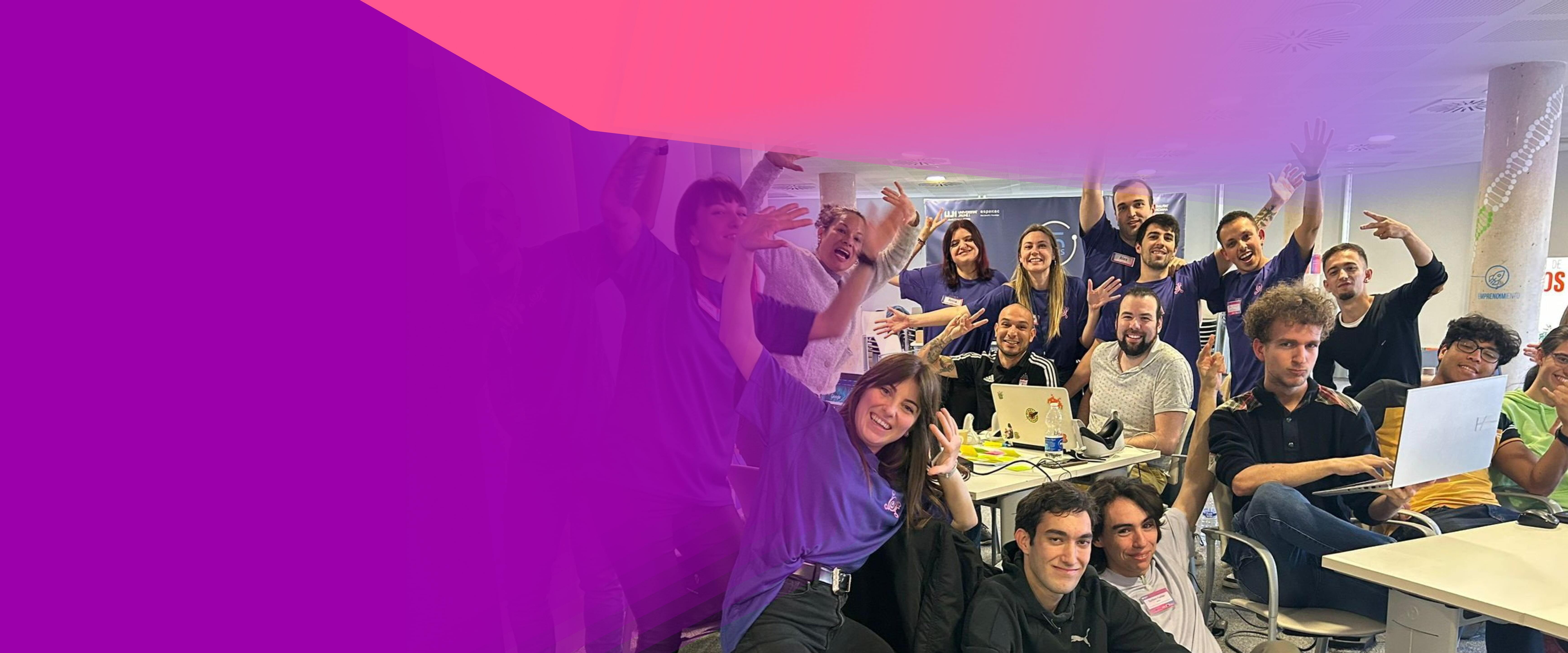LOCAL WINNER
Beginner Awards: Disruptive technology
The secret of mysterious box
Solution details
In this innovative STEM learning scenario, participants embark on a journey to design and construct a functional periscope-like device capable of observing the contents of a mystery box from a distance of 70 cm. This task merges theoretical understanding with hands-on application, encouraging participants to delve into the principles of light reflection and optical design. Through collaboration, creativity, and problem-solving, they transform basic materials into a tool that unveils the secrets hidden within the box.
Tweet / Slogan
Peek into the Mystery Box: Ignite curiosity and creativity as learners build functional periscopes, mastering the science of light reflection while solving an intriguing challenge—all from 70 cm away!

Estonian team
Who Benefits?
This learning scenario targets youth workers entering civil youth work, providing them with tools to engage and inspire young people through STEM activities. It offers a hands-on introduction to STEM education, focusing on inquiry-based learning, creative problem-solving, and collaborative facilitation. Youth workers gain practical experience in managing group dynamics, guiding discussions, and delivering engaging activities. The project builds their confidence, equips them with teamwork strategies, and fosters adaptability. By empowering new youth workers, this scenario ensures they can create impactful, inclusive learning experiences that benefit young participants and society at large.
Impact
The solution empowers new youth workers to effectively engage young people in STEM education, fostering curiosity, creativity, and problem-solving skills. It strengthens their ability to facilitate hands-on, inquiry-based learning experiences, equipping them to inspire and educate the next generation. The activity also enhances youth participants' teamwork, critical thinking, and understanding of scientific principles, contributing to broader societal goals like workforce development and innovation.
Team work
Expand to other STEM and non-STEM challenges, adapting the framework for arts, environmental, and vocational education. Collaboration with schools, youth organizations, and NGOs will extend the solution to more regions and audiences. Digital resources, such as video tutorials and toolkits, will enhance accessibility.
Innovativeness
This solution uniquely combines STEM education with practical training for youth workers entering civil youth work, blending technical knowledge with facilitation skills in a real-world, hands-on context. Unlike conventional STEM kits or instructional manuals, this scenario emphasizes inquiry-based learning, encouraging youth workers and participants to explore, experiment, and solve problems collaboratively. It doesn’t just teach “what” to do but trains youth workers in the “how” of engaging young people effectively.
While STEM-focused educational kits and workshops exist, they rarely integrate youth worker training with structured pedagogical approaches. Most focus on learners rather than equipping educators with tools to facilitate meaningful, inclusive learning.
This scenario bridges the gap between STEM education and youth work development, emphasizing teamwork, creativity, and adaptability. Its focus on empowering new youth workers with practical skills and reflective learning makes it a highly original and impactful solution.
Transferability
The proposed solution is versatile and can be adapted to various educational contexts and disciplines beyond STEM. Its inquiry-based learning, hands-on problem-solving, and collaborative engagement principles make it relevant across fields.
In arts and design, the focus on creativity and building functional devices can translate to designing prototypes or artistic tools. In environmental education, the approach can support creating eco-friendly models or studying sustainability. In social sciences, it can simulate civic challenges, like community planning or teamwork in role-playing scenarios. For vocational training, it fosters practical skills, such as tool design or mechanical assembly.
Sustainability
In the short term, the solution will be implemented through structured workshops for new youth workers. The training will include detailed guides, interactive sessions on inquiry-based learning, and hands-on activities, like the periscope project. Materials will be standardized, and facilitators will be trained to ensure consistent delivery. Feedback from participants will refine the approach.
